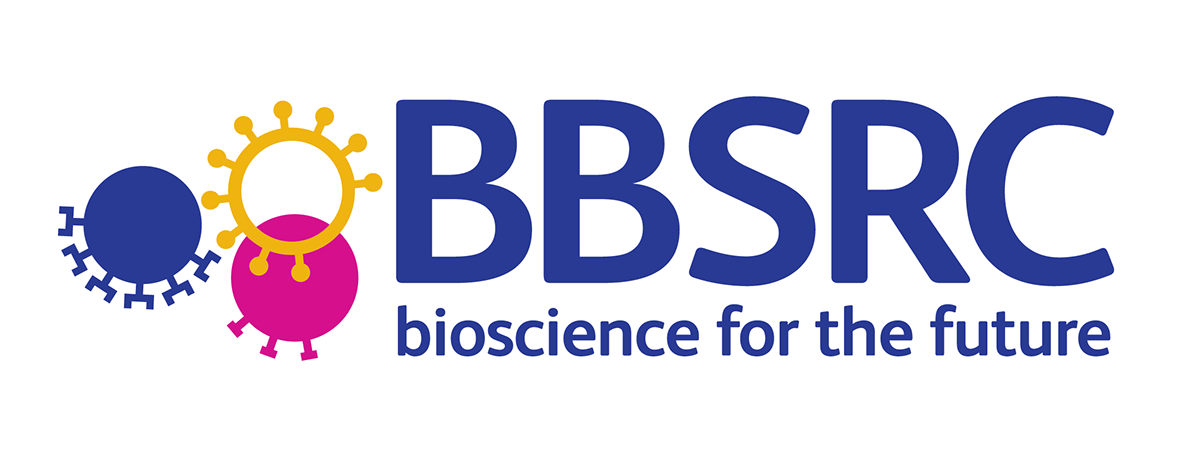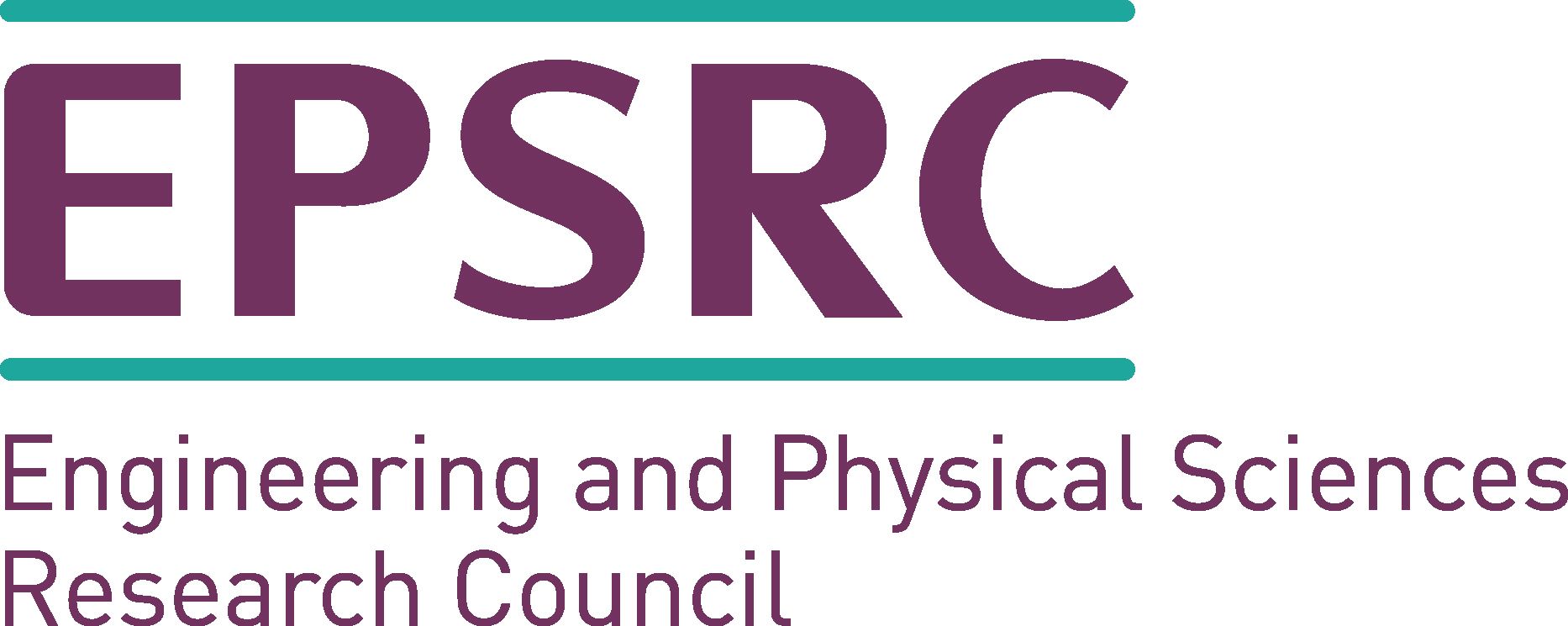News
New Review – Assembling VHL-recruiting PROTACs
Bioorg. Med. Chem. 88–89 (2023) 117334
https://doi.org/10.1016/j.bmc.2023.117334
https://www.sciencedirect.com/science/article/pii/S0968089623001827
Nikol A. Zografou-Barredo, Alex J. Hallatt, Jennyfer Goujon-Ricci and Céline Cano*
In recent years, proteolysis targeting chimeras (PROTACs) have been revolutionary in the drug discovery field, rendering targeted protein degradation (TPD) as an emerging therapeutic modality. These heterobifunctional molecules are comprised of three units: a ligand for the protein of interest (POI), a ligand for an E3 ubiquitin ligase, and a linker that tethers the two motifs together. Von Hippel-Lindau (VHL) is one of the most widely employed E3 ligases in PROTACs development due to its prevalent expression across tissue types and well-characterised ligands.
Despite PROTACs being poised to revolutionise drug discovery, significant challenges remain. Namely in the design and synthesis of novel PROTACs, and this threatens to slow the pace of their development.
This review focuses on the current synthetic linker strategies employed in the assembly of VHL-recruiting PROTACs, covering a range of fundamental chemistries used to incorporate linkers of varying length, composition and functionality.

Last modified: Sat, 27 May 2023 11:17:50 BST








